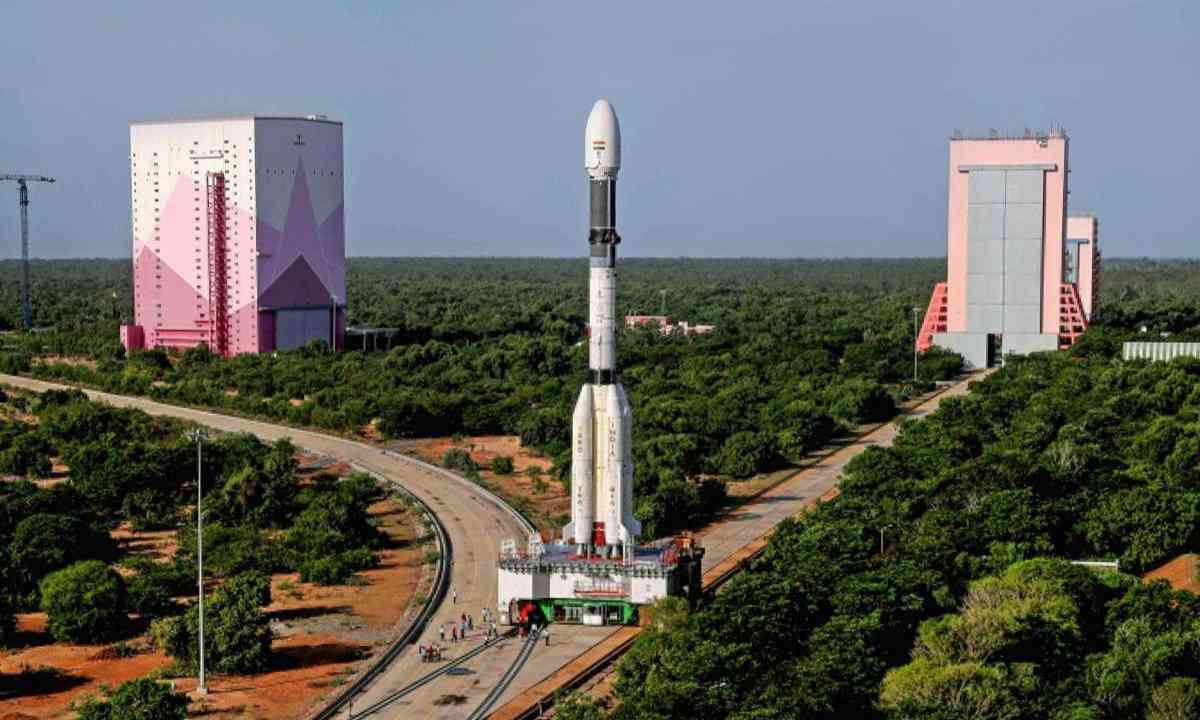An ambitious project initiated by the Dr. A.P.J. Abdul Kalam International Foundation will see the launch of a Pico satellite built by students from Chhattisgarh and Odisha on February 19, the day of India's independence.
This launch is part of a larger initiative to integrate 50,000 students from across India into the STEM disciplines. The Indian Space Research Organisation (ISRO) also plans to launch two satellites this year to coincide with the 75th anniversary of India's independence.

This includes the Azadisat satellite, which will study the upper atmosphere, as well as 75 student satellites. The Minister of State for Department of Space, Jitendra Singh, also announced that over 55 start-ups have registered with ISRO since the space sector was opened for private firms and nine proposals from the start-ups are expected to be completed by 2022-23.
The launch of the satellite will commemorate the launch of 'Yellow Chain' e-commerce platform by Chhattisgarh Chief Minister Bhupesh Baghel on Independence Day 2020.
Here are ten things to know about Pico satellites:

Pico satellites are a type of small satellite, typically weighing between 0.1 and 1 kg.
Pico satellites are much smaller and less expensive to develop and launch compared to traditional satellites.
Pico satellites have a wide range of applications, including Earth observation, communication, scientific research, and technology demonstrations.
Pico satellites are often used for educational purposes, providing opportunities for students and amateur space enthusiasts to participate in space-related projects.
Pico satellites can be launched as secondary payloads on larger launches, reducing the cost of getting them into space.
Pico satellites typically have limited power, communication, and data storage capabilities, requiring innovative design and engineering solutions.
Pico satellites are frequently built using commercial off-the-shelf (COTS) components, making them more accessible and less expensive to develop.
Pico satellites often use CubeSats, a standard format for small satellites, as their platform.
Pico satellites offer the potential for low-cost, frequent access to space, allowing for more frequent updates and missions compared to traditional satellites.
The Pico satellite industry is growing rapidly, with new companies and organizations entering the market and expanding the capabilities of these small spacecraft.
© Vygr Media Private Limited 2022. All Rights Reserve
























